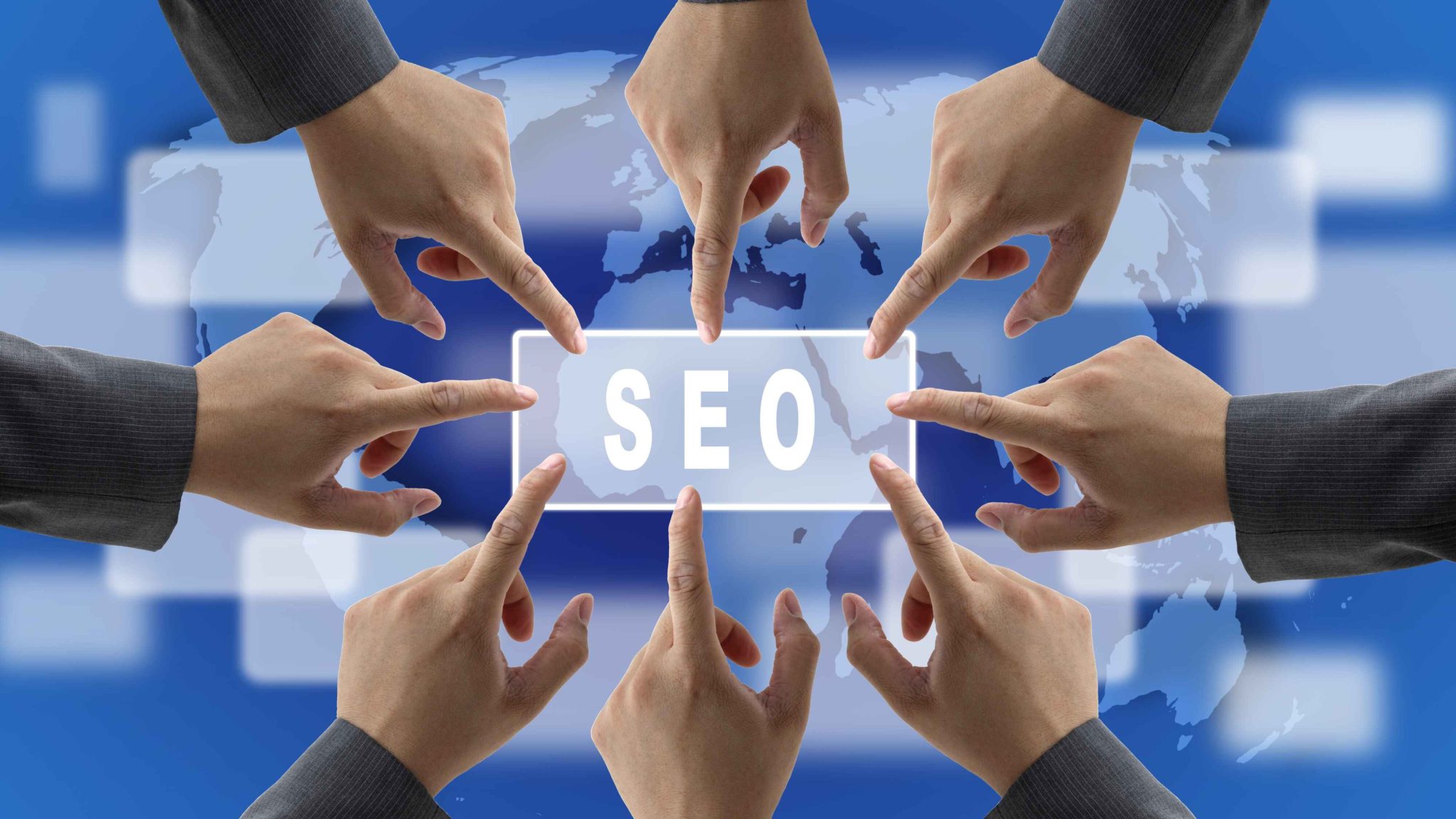Introduction
In today's rapidly developing digital landscape, the need for personalized experiences is more pronounced than ever. Users anticipate their interactions with sites and applications to be tailored to their preferences, behaviors, and needs. This expectation has triggered a brand-new paradigm in web development-- one that highlights modification and customization as core concepts. In this short article, we will dig deep into The Power of Personalized Experiences in App and Web Development, exploring its ramifications for businesses, users, and the future of technology.
The Power of Personalized Experiences in App and Web Development
Personalization is no longer simply a high-end; it's a need. Custom-made web development services leverage user data to produce experiences that resonate on a specific level. But what does this look like in practice?
Understanding Personalization
At its core, personalization refers to the process of customizing content and experiences based on user data. This can consist of anything from advised items on e-commerce platforms to tailored landing pages that cater specifically to a visitor's interests.
Types of Personalization
Behavioral Personalization: Uses past habits to notify future recommendations. Demographic Personalization: Tailors material based on age, location, gender, etc. Contextual Personalization: Changes experiences based on the user's environment or context (e.g., device type). Psychographic Personalization: Concentrate on user interests and values for much deeper engagement.Why Customization Matters
With countless alternatives offered online, services must separate themselves to record attention. Customized experiences not only boost user engagement however also drive conversion rates significantly.

Key Advantages of Personalization
- Increased User Engagement Higher Conversion Rates Improved Customer Loyalty Enhanced User Experience
How Personalization Functions in Web Development
Implementing personalization requires a thoughtful method to style and development. Here's how it normally unfolds:
Data Collection: Using analytics tools to collect user data. Segmentation: Dividing users into groups based on shared characteristics. Content Delivery: Customizing content utilizing AI-powered algorithms that anticipate user preferences.The Function of AI-Powered Business Automation
Artificial Intelligence (AI) plays a crucial role in refining personalization efforts throughout app and web development.

Benefits of AI in Personalization
- Predictive Analytics: AI can analyze huge amounts of data quickly to anticipate user behavior. Dynamic Content Generation: Automates the development of customized material in real-time.
Examples of AI-Powered Tools for Personalization
- Chatbots for client support Recommendation engines for e-commerce sites Personalized e-mail marketing campaigns
Integrating AI with Custom Web Advancement Services
To harness the complete capacity of AI-driven customization, businesses can work together with a digital marketing company Bay Area specializing in customized options that align with their special goals.
Web Design & Development Best Practices for Personalization
Creating individualized experiences does not take place over night; it requires strategic planning and execution.
Essential Elements for Reliable Personalized Design
User-Centric UI/UX Style: Focus on ease-of-use based upon user feedback. Responsive Design: Guarantee optimal experiences across numerous devices. Fast Load Times: Speed is necessary for retaining users' attention.Incorporating SEO Services into Personalized Experiences
Search Engine Optimization (SEO) plays a vital role in guaranteeing customized content reaches the best audience effectively.
Strategies for Integrating SEO with Personalization
- Use keyword research to recognize what your audience is browsing for. Optimize landing pages based upon local SEO strategies.
Personalized E-Commerce Advancement Strategies
E-commerce platforms are prime prospects for implementing personalized experiences.
Tailoring Shopping Experiences
Product Suggestions: Execute algorithms that recommend products based on past purchases or browsing history. Dynamic Prices Models: Change costs according to user behavior or demand.Enhancing Checkout Processes through Personalization
Streamlining checkout by remembering users' previous orders or payment methods can considerably decrease https://embtelsolutions.com/contact-us/ cart abandonment rates.
Leveraging Information Analytics Tools for E-Commerce Success
Utilize analytics tools like Google Analytics or Hotjar to track user behavior and fine-tune personalization methods accordingly.
Mobile App Development & Customization Techniques
As mobile usage continues to rise, so does the requirement for individualized app experiences.
Creating Engaging Mobile Experiences
Push Notifications: Send out targeted messages based on user activity. Location-Based Providers: Deal promotions appropriate to users' geographical locations.User Feedback Loops in Mobile Apps
Regularly get feedback from users through studies or ratings within the app can lead straight to improved features tailored specifically to their needs.
Maintaining Privacy While Customizing Experiences
Balancing Customization with Security Concerns
With increasing awareness around privacy problems, companies should tread carefully when collecting individual information:
Transparency: Plainly interact how information will be used. Compliance: Adhere strictly to regulations like GDPR or CCPA relating to information protection.User Consent Management Systems
Implement systems that allow users manage over their data approvals can construct trust while maintaining effective customization strategies.
FAQs about The Power of Customized Experiences in App and Web Development
1. What is customization in web development?
Personalization involves tailoring site content and functionalities based upon specific user preferences and habits, improving their overall experience while engaging with your platform.
2. How does AI contribute to personalized app development?
AI evaluates large datasets rapidly, permitting developers to produce vibrant material tailored specifically for specific users-- automatically changing tips based on real-time interactions.
3. Why need to organizations invest in tailored web experiences?
Personalized experiences lead straight to increased engagement rates, higher conversion rates, enhanced customer commitment, and eventually greater business success due to enhanced satisfaction levels amongst users.
4. Can I carry out personalization without extensive coding knowledge?
Yes! Numerous modern web structures use plugins or modules that simplify combination processes concentrated on customizing components without requiring sophisticated programs skills.
5. How do I guarantee my customized technique adheres strictly towards personal privacy laws?
Regularly evaluation compliance requirements related particularly towards data collection practices within your industry; think about seeking advice from legal professionals if necessary!
6. What are some typical risks when creating individual experiences online?
Overpersonalizing-- making presumptions about what users desire without appropriate research study leading them feeling overwhelmed or attacked-- can backfire marvelously if left unchecked.

Conclusion
The landscape of app and web advancement is moving drastically as customers significantly demand more tailored interactions with brand names online; nevertheless striking this balance requires cautious consideration along with ingenious technology options like AI-powered company automation tools created explicitly around these principles! By welcoming The Power of Tailored Experiences in App and Web Development today-- not just will companies unlock brand-new paths towards continual growth-- but they'll also foster deeper connections between themselves & & their customers along every step taken together moving forward!